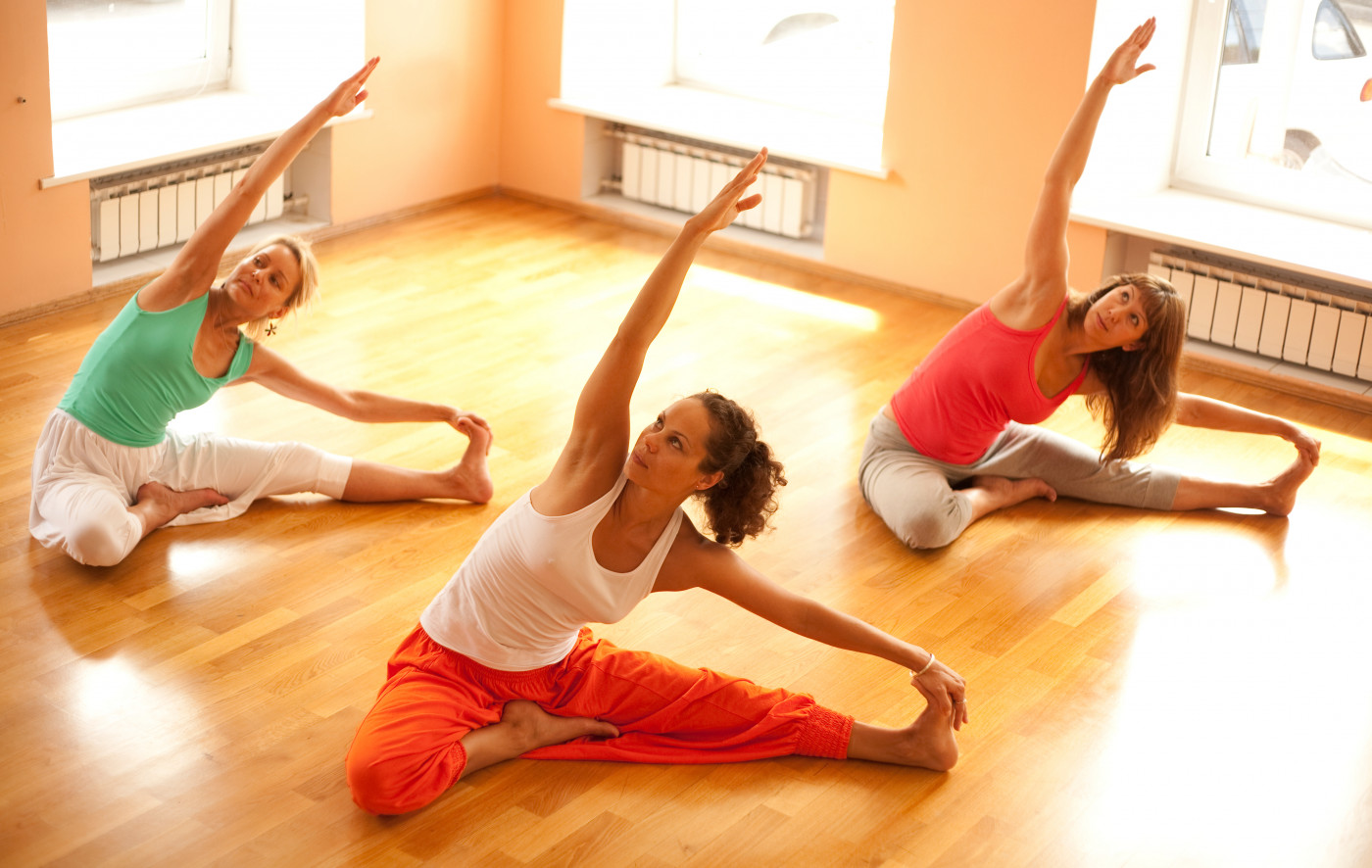Home-based Exercise Viable Alternative for RRMS Patients

A home-based rehabilitation program can help ease fatigue, improve motor and cognitive function, and promote better quality of life in people with relapsing-remitting multiple sclerosis (RRMS), a small clinical trial has found.
While a structured supervised exercise program was better at improving fatigue and health-related quality of life, the findings point to the home-based program as a good alternative for people who have to travel long distances to reach a rehabilitation clinic, or in unusual circumstances such as the pandemic.
The study, “Supervised exercises versus telerehabilitation. Benefits for persons with multiple sclerosis,” was published in the journal Acta Neurologica Scandinavica.
Fatigue is one of the most common symptoms in people with multiple sclerosis (MS), and is known to have a negative impact on quality of life and in daily living activities.
A structured exercise program that is tailored to a patient’s needs can ease MS symptoms, increase mobility, and improve quality of life. In recent years, telerehabilitation has been introduced as an alternative rehabilitation method for MS patients.
Delivered without traditional face-to-face approaches, it allows patients to receive tailored exercises in the comfort of their homes. Moreover, the costs of telerehabilitation are lower than those associated with traditional approaches, making it available to a wider range of patients.
A group of researchers in Turkey conducted a single-center clinical trial (NCT04413682) to compare the effectiveness of an exercise program supervised by a physical therapist to that of home-based exercise monitored via telerehabilitation.
A total of 30 RRMS patients were included in the trial and assigned randomly to a structured supervised exercise program delivered by a physical therapist (group 1, 15 patients, mean age 41) or to a telerehabilitation exercise program delivered at their home through video calls (group 2, 15 patients, mean age 39.5).
Patients in group 1 underwent one exercise session three days a week for 12 weeks under the supervision of a physical therapist. Those in group 2 followed a 12-week structured home-based exercise program checked and controlled through telerehabilitation three times a week.
The exercise program was tailored to each participant and consisted of a 10-minute warm-up, 40-minute training, and 10 minutes of cool-down exercises. Participants were encouraged to exercise in the morning, on a mat, and at least two hours after breakfast.
One of the study’s main goal was to assess the functional independence measure (FIM) of both motor (FIMm) and cognitive (FIMc) functions, after the 12 weeks. In FIM, higher scores indicate more independence and less need for assistance to conduct daily activities. In this study, the FIM Turkish version was used.
Additional primary measures included health-related quality of life, assessed using the Nottingham health profile (NHP), general quality of life determined with the Quality of Life Scale, and fatigue using the Fatigue Severity Scale. Each parameter was assessed before and after the exercise programs. The NHP assesses patients’ perceived emotional, social and physical health problems.
The results showed that both exercise approaches led to significant improvements in all parameters analyzed, meaning that both boosted motor and cognitive function, increased health-related and general quality of life, and eased fatigue.
However, the easing of fatigue severity and improvements in health-related quality of life were significantly better among patients in group 1, whose exercise was supervised by a physical therapist.
Overall, the results suggest that “home-based structured exercises by means of telerehabilitation can be an effective and helpful alternative to the supervised structured exercises in terms of ADL [activities of daily living], QoL [quality of life], and fatigue,” the study concluded.






